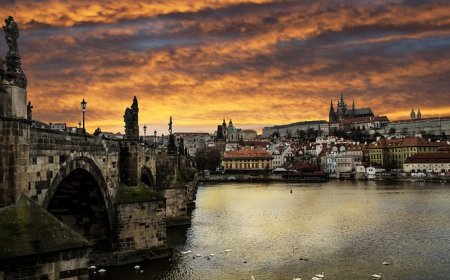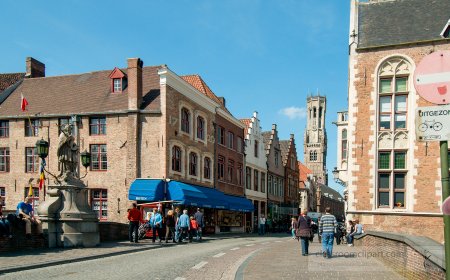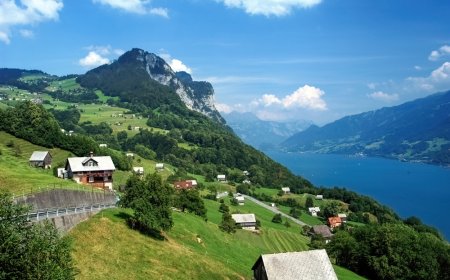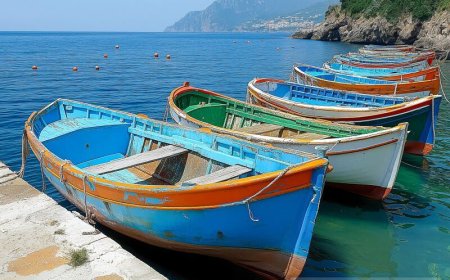Cyprus for Students: Geography, Culture, and History of a Mediterranean Island
iscover Cyprus’s beaches, ancient sites, and unique culture in this student-friendly article with vocabulary and quiz
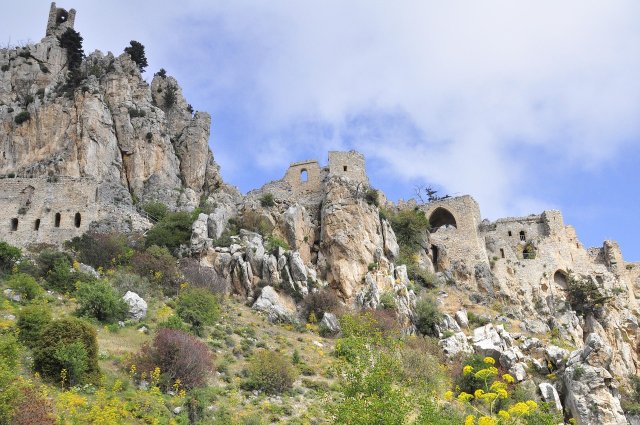
Cyprus: The Island of Sun, History, and Divided Lands
Introduction
Cyprus is an island country in the eastern Mediterranean Sea. It is known for its sunny beaches, ancient ruins, and a rich culture that blends Greek and Middle Eastern traditions. Cyprus has been ruled by many civilizations, including the Greeks, Romans, Byzantines, and Ottomans. Today, it is also known for being divided into Greek and Turkish parts after decades of conflict.
Even with these challenges, Cyprus is a place of warm hospitality, beautiful nature, and history stretching back thousands of years.
Geography and Landscape
Cyprus is the third-largest island in the Mediterranean, after Sicily and Sardinia. It lies south of Turkey, west of Syria and Lebanon, and southeast of Greece.
The country has a long coastline with sandy beaches and rocky shores. Inland, the Troodos Mountains rise in the southwest, with Mount Olympus as the highest peak at 1,952 m. The Kyrenia Mountains run along the northern coast.
The central Mesaoria Plain is fertile farmland where wheat, olives, and grapes grow. Cyprus has a Mediterranean climate with hot, dry summers and mild, rainy winters.
Cities and Regions
The capital city, Nicosia, is the largest city and the only divided capital in the world. A UN buffer zone, known as the “Green Line,” separates the Greek Cypriot south and the Turkish Cypriot north.
Other important cities include:
- Limassol – a port city known for festivals and beaches
- Larnaca – famous for its salt lake and palm-lined promenade
- Paphos – home to ancient ruins and mosaics
- Kyrenia – a harbor town in the north with a medieval castle
Each region has its own traditions, foods, and dialects.
People, Language, and Culture
Cyprus has about 1.2 million people, mainly divided between Greek Cypriots and Turkish Cypriots. Greek Cypriots live mostly in the south, and Turkish Cypriots mostly in the north.
The official languages are Greek and Turkish, and English is widely spoken, especially in schools and tourism.
Greek Orthodoxy is the main religion among Greek Cypriots, while most Turkish Cypriots are Muslim. Even with differences, people share many cultural traits, such as hospitality and a love of food.
Cypriot culture is known for:
- Folk dances and music with lutes and violins
- Handmade lace and pottery
- Festivals like Carnival, Easter, and Ramadan celebrations
Family life is central, and respecting elders is very important.
Food and Daily Life
Cypriot food is delicious and influenced by Greek, Turkish, and Middle Eastern cooking. Meals include bread, cheese, olives, vegetables, lamb, pork, and fresh seafood.
Popular dishes are:
- Halloumi – a salty cheese grilled or eaten fresh
- Souvlaki – skewered grilled meat in pita bread
- Kleftiko – slow-cooked lamb
- Meze – small plates of many foods served together
- Baklava – a sweet pastry with nuts and honey
People enjoy drinking coffee—especially thick Cypriot coffee—and fresh orange juice.
Children start school at age 5 or 6 and learn Greek or Turkish, math, science, history, and English. Education is highly valued, and many students go on to university.
History of Cyprus
Cyprus has been settled since 9,000 BCE. It was part of ancient Greek kingdoms and later controlled by the Romans, Byzantines, Crusaders, and Ottomans.
In 1878, Britain took control, and Cyprus became independent in 1960. Tensions between Greek and Turkish communities led to conflict, and in 1974, Turkey occupied the northern part. Since then, the island has been divided, but the United Nations and local leaders continue working toward peace.
Today, Cyprus is a member of the European Union, and many efforts aim to build understanding between communities.
Nature and Wildlife
Cyprus has unique plants and animals, including:
- Mouflon – a wild sheep found only in Cyprus
- Loggerhead and green sea turtles – nesting on beaches
- Flamingos – visiting salt lakes in winter
- Colorful wildflowers in the mountains and plains
Protected areas and parks help conserve the environment.
Vocabulary List
| Word | Definition |
|---|---|
| Mediterranean | The sea between Europe, Africa, and Asia |
| Meze | A meal of many small dishes served together |
| Halloumi | A salty cheese from Cyprus |
| Buffer zone | A neutral area between two groups or countries |
| Souvlaki | Grilled meat on a skewer |
| Mouflon | A wild sheep native to Cyprus |
| Independence | Freedom from rule by another country |
| Troodos Mountains | The largest mountain range in Cyprus |
Kid-Friendly Summary
Cyprus is a sunny Mediterranean island with beaches, mountains, and ancient ruins. The island is divided between Greek and Turkish communities, but both share warm hospitality, delicious food, and colorful festivals. From tasty halloumi cheese to dancing at Carnival, Cyprus offers something exciting for every student.


















































